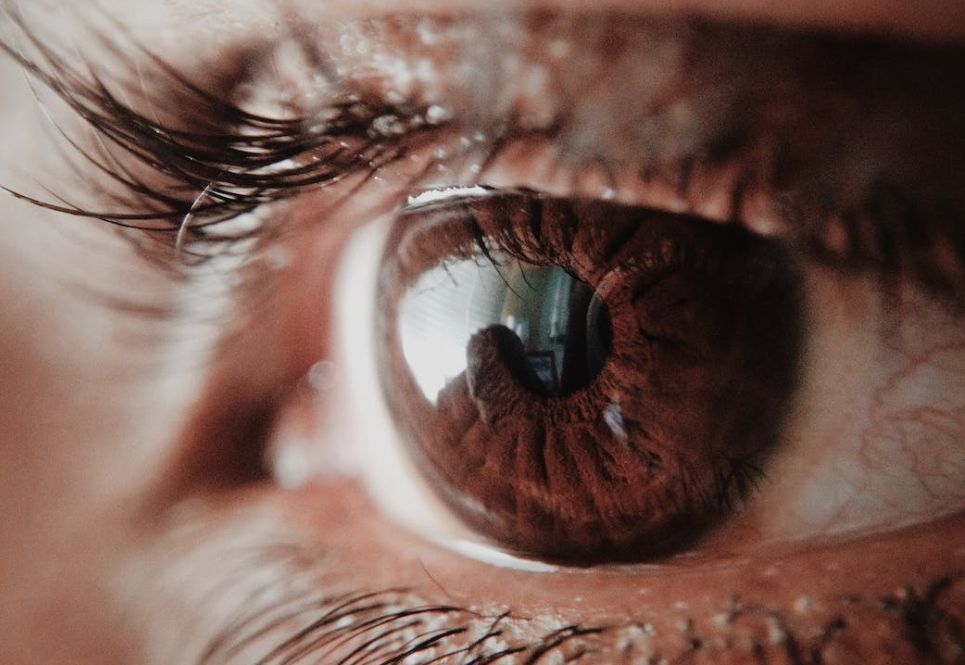Goals Versus Systems
Learn how to determine which strategy will help us achieve our goals and how to proceed using goals or systems.

Selfpause Affirmation App
Download the app to get 1,000’s of affirmation meditations and everything you need to write, record and listen to your own.
The goal versus system model can be applied to nearly any human endeavor. Whether we’re trying to lose twenty pounds, run a marathon in under four hours, make a million dollars, or become serial entrepreneurs, a system and a goal are both crucial. By identifying which strategy will help us achieve our goals, we can determine how to move forward.
Problems with goals versus systems

In every aspect of life, there are winners and losers. Winners start with the same goal, while losers start with a different goal. The difference lies in the importance they place on goals versus systems. As they progress, they can change their goals and systems. When this happens, their systems may no longer be as effective as they could be.
Another problem with goals is that they aren’t as adaptable as systems. Goals assume they’ll be achieved in a fixed period, and making changes may result in a sense of failure. Systematic change, however, can help avoid feeling like you’ve failed. Goals are best for planning progress; systems are better for making it happen.
Systems are adaptable and set up the individual for success. For example, it’s much easier to be physically active every day if you have a system that allows you to do so. While goals may sound more ambitious, systems are more achievable and flexible. Instead of trying to accomplish a specific goal every day, focus on the journey instead. You’ll get there eventually!
Whether you choose to set up a system or rely on goals, both are important. Without good systems, your goals are unlikely to be reached. Your system can help you reach your goals, but it’s useless if it doesn’t work for you. If you choose to focus on making money, you should make sure it works well for you.
Vision vs. goals

Vision and systems are complementary and can work together to achieve goals. Without a clear vision, goals and milestones are arbitrary. Without a vision, a person must hope that his or her unconscious vision matches what they want to accomplish. Without a clear vision, a person is dependent on others and can fall victim to the same trap as the world.
While systems are necessary, a vision is a personal view of the future that gives direction and context to goals and decisions. Ultimately, the difference between a vision and a system is in the way the two are defined. A vision must be meaningful to all those involved. One of the fastest paths to a shared vision is through a vision deployment process. But it must be understood that a top-down mandate to develop a vision has not been a successful way to create a shared vision.
A vision defines a company’s future and success. It’s typically created by the executive team and helps the team get excited about the future. The goal-oriented nature of a vision helps companies create strong and productive teams. A strong company vision can also help a company get to its goals faster and more efficiently.
Iteration vs. continual improvement

The process of iteration is a powerful way to improve your software, product, or service. Each iteration builds on the previous one. If the previous iteration was not a success, you can make changes and start over. Iteration also enables you to measure your results and improve upon them if necessary.
Iterative processes are flexible and allow for more collaboration. They are also more cost-effective. Each iteration can be tweaked to best meet your goals. Smaller iterations also allow for the early detection of defects and bugs. You can also involve the users in each iteration, which will ensure your product’s usability.
Continuous improvement in systems involves a cycle of analysis, planning, implementation, and evaluation. Each cycle results in a new segment of development, and the next phase should improve upon the previous one. This cycle can be repeated many times. This allows you to refine your product and improve it.
Continuous improvement is the practice of improving a product, design, or service in small steps. In this process, the creator produces a prototype, tests it, tweaks it, and repeats the process until he or she is satisfied. This process is often used by scientists, designers, and engineers.
Getting specific results from goals versus systems

Goals and systems can be complementary to one another in the pursuit of specific results. Goals focus our attention on short-term actions, while systems focus on long-term change or objectives. Goals, however, can be restrictive, locking us into fixed outcomes that we may not be able to reach.
Setting goals can easily lead to frustration or lack of motivation. We tend to lose our initial enthusiasm for a goal as the days go by. On the other hand, implementing systems can help you remember what you did to reach your goal. Systematizing your approach will help you learn from your mistakes and replicate your success.
Goals are useful for setting direction and making decisions. However, they can also get in the way of more important things, like contributing to the greater good. For example, if you don’t believe in the cause behind your actions, it won’t matter how much effort you put into reaching your goal.
If you want to try a new activity, like blogging, or just for pleasure, you may be able to succeed with a systems approach. But for other activities, setting goals can prove difficult. Testing out the activity before establishing a system is the best way to get a clear idea of what will work best for you.
Our Top FAQ's
Goals are specific outcomes or targets that a person or organization aims to achieve, while systems are the processes, methods, or structures that are put in place to achieve those goals. Goals and systems are related because the latter are used to achieve the former. For example, if your goal is to become physically fit, you might implement a system of regular exercise and healthy eating habits as a means of achieving that goal.
Goals and systems can interact and influence behavior and decision-making in different ways. For example, if you have a specific goal in mind, you might be more motivated to follow a system that is designed to help you achieve that goal. On the other hand, if you have a system in place but no clear goal, you might struggle to stay motivated and focused on the task at hand.
It is generally believed that both goals and systems are important for achieving successful outcomes. Goals provide direction and purpose, while systems provide the means of achieving those goals. Without goals, it can be difficult to determine what you are working towards, while without systems, it can be difficult to effectively and efficiently achieve your goals.
To set and track progress for goals, you can use tools such as a to-do list, a planner, or a goal-tracking app. To measure the effectiveness of your goals, you can use metrics such as completion rate, time taken to achieve the goal, or the level of satisfaction achieved after reaching the goal. To set and track progress for systems, you can use tools such as a project management software, a checklist, or a progress tracker. To measure the effectiveness of your systems, you can use metrics such as efficiency, accuracy, or the level of satisfaction achieved by those using the system.
It might be more beneficial to focus on goals in situations where you have a specific target or outcome in mind, and you want to ensure that you are making progress towards achieving that target. On the other hand, it might be more beneficial to focus on systems in situations where you want to improve the overall efficiency and effectiveness of your processes or structures, or where you want to ensure that you are able to consistently achieve your goals over the long term.
